The top tips for new photographers will explained in this blog post.
If you are new to digital photography, you are probably keen to see big improvements in your technique reflected in your photographs quickly, especially if you are training through a photography course. That can be achieved with the right direction. Here are five tips so you can see that difference as quickly as possible.
Experiment with new equipment
You might not be keen to load up your camera bag if you are new to the field, but buying a few additional filters or light benders can make a huge difference to your photos. Experiment and see what you come up with!
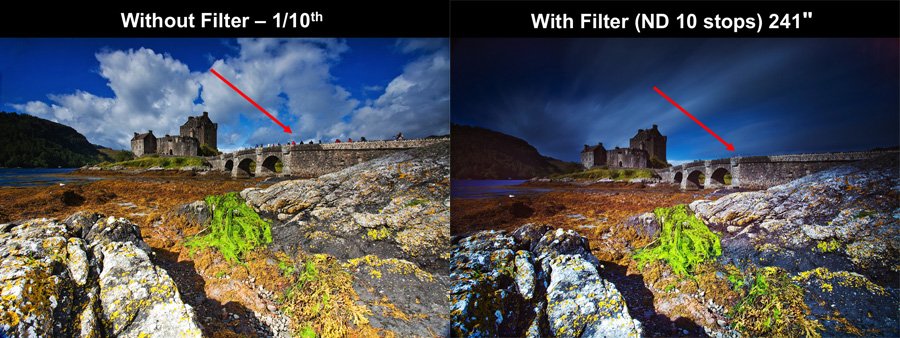
So many filters are available in the market, from polarizers to neutral density, graduated, square or circular. you can find out more in our advanced workshop as well
Use a tripod
Even if you are using a small point and shoot, taking the picture using a tripod helps to stabilise the image and avoid blurriness. If you are out and about, it is sometimes difficult to see blurriness until you blow the photos up on a screen, so avoid disappointment by using a tripod when you can.
Try different angles
If you have chosen a particular subject, try photographing it from a number of different angles, even if you don’t think the pictures will look good at first instance. You might catch an interesting angle. Photography is often about looking at things in new ways, so don’t be afraid to hang upside and take sideways pictures to try to get something new!
Learn to control exposure
Too much or too little exposure just means that your photos are either too bright or too dark. On most digital cameras, and all professional digital cameras, exposure is represented as a number on the LED display. Learn the numeric ranges for your photography type/subject and make sure you knows what the symbols mean on your display (e.g. ‘Highlight warnings’ that tell you when things are too bright).
For improving further your photography skills, for sorting out all the technicalities of your camera, why don’t you join us in one of our advanced workshops?

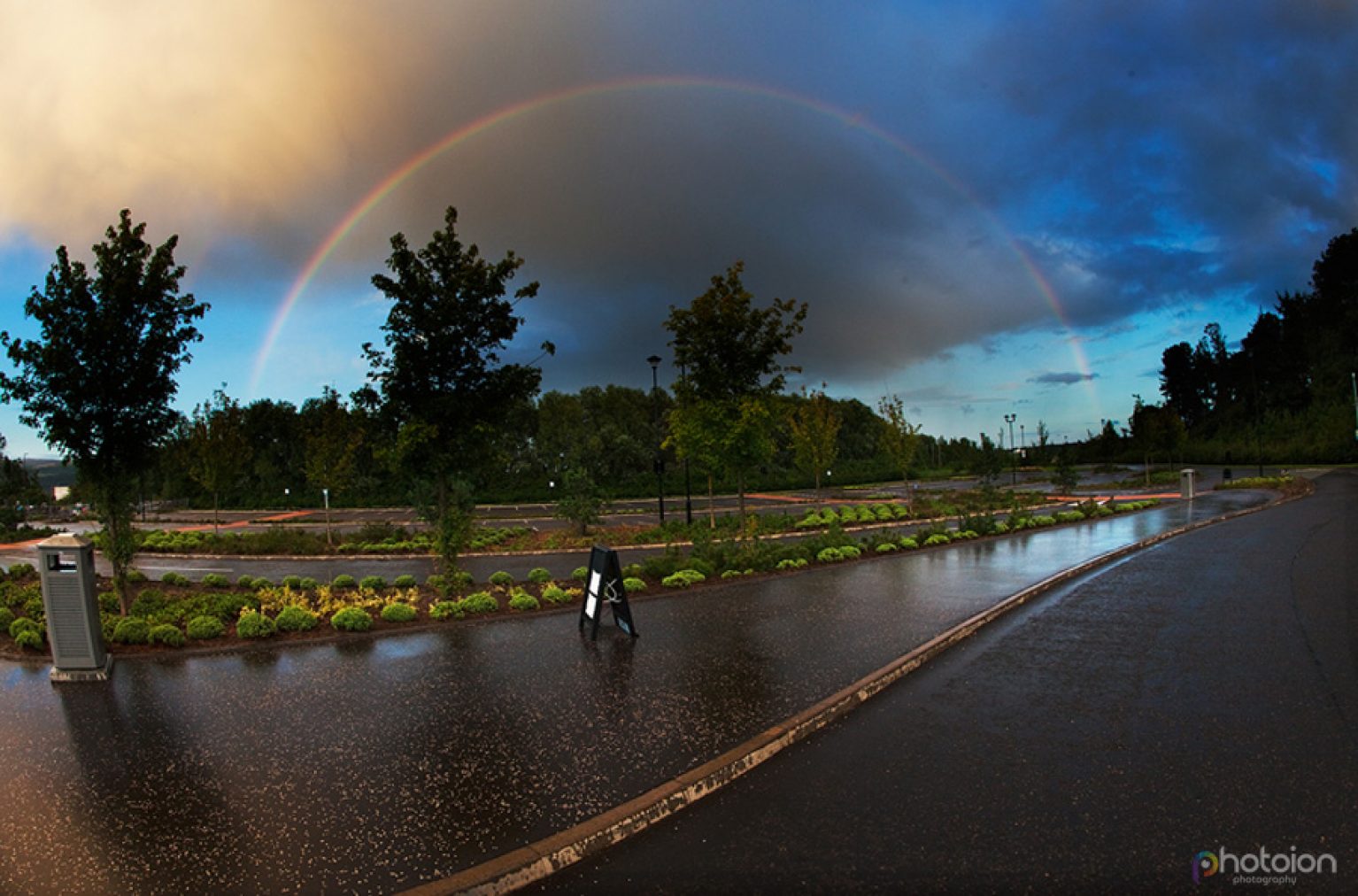
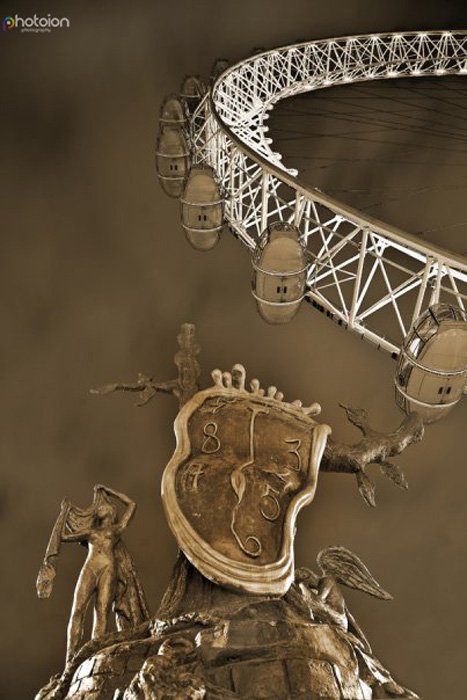
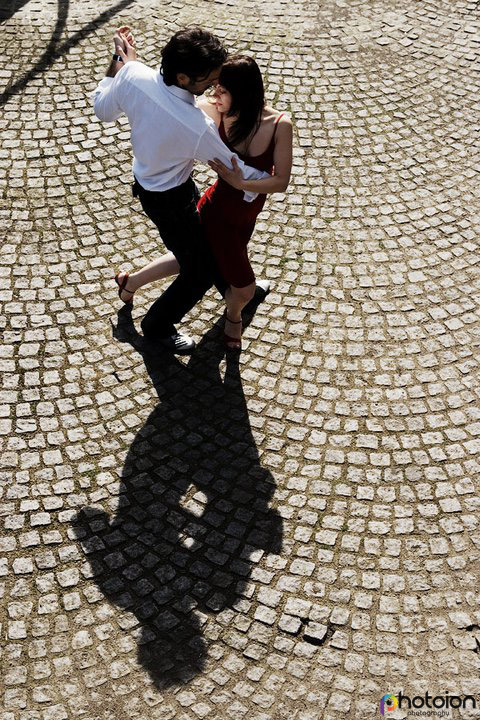
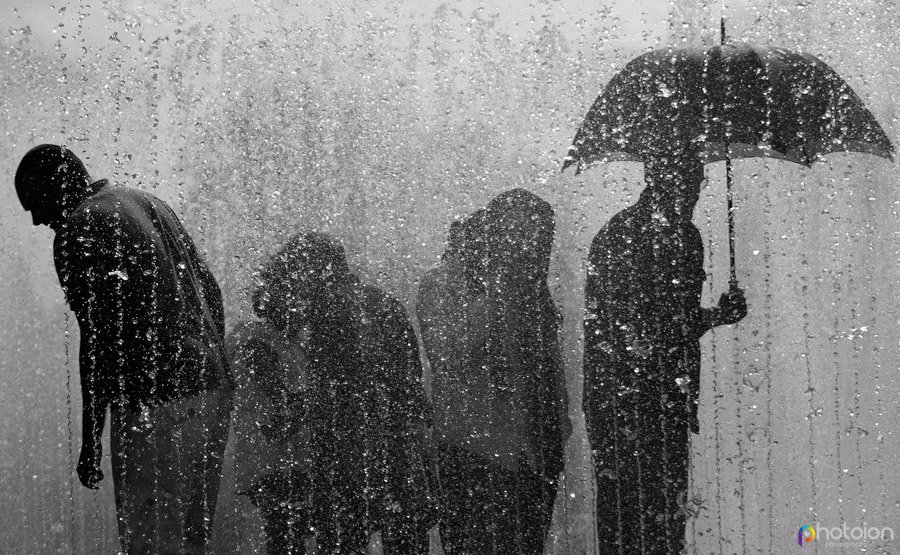
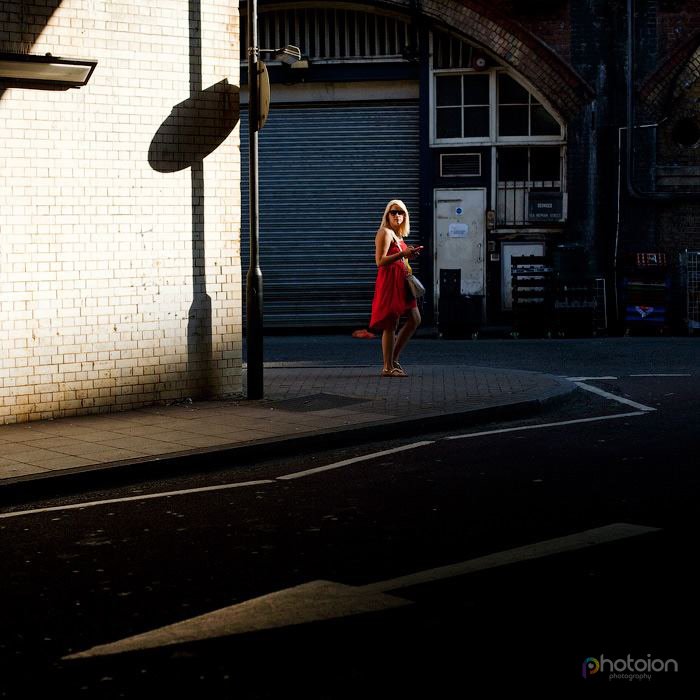
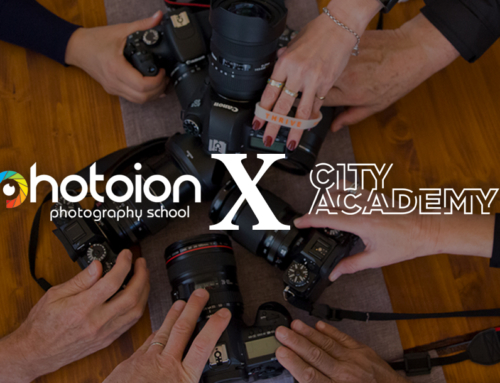
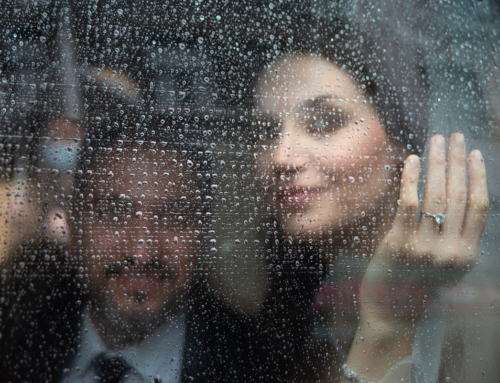
Leave A Comment